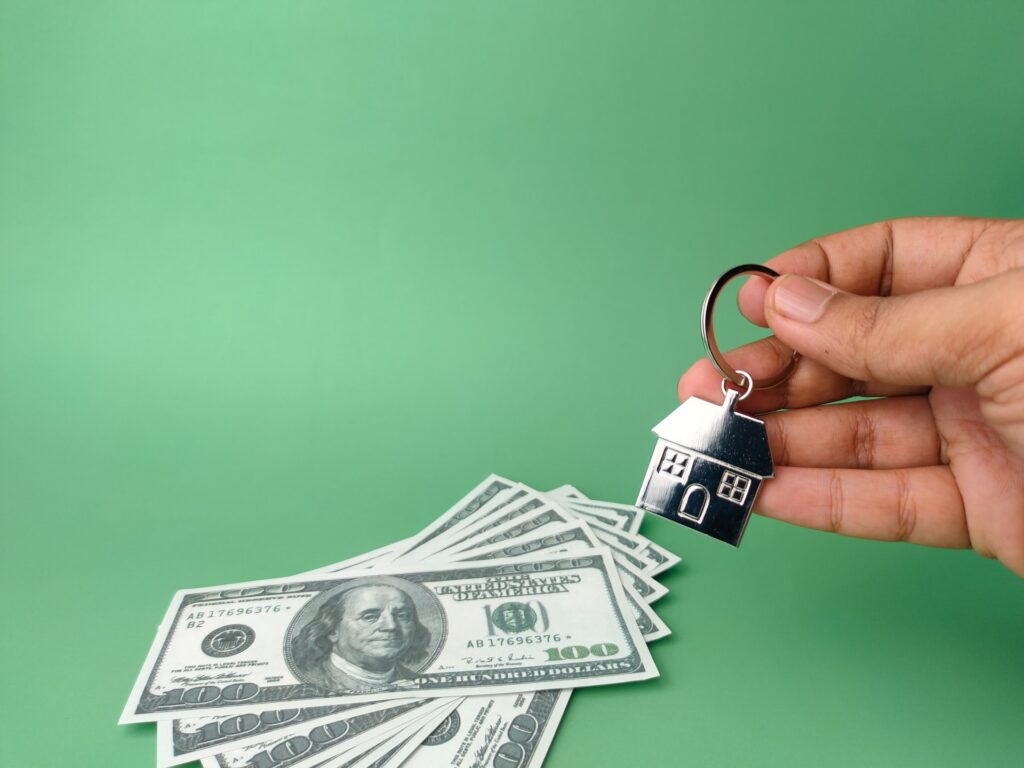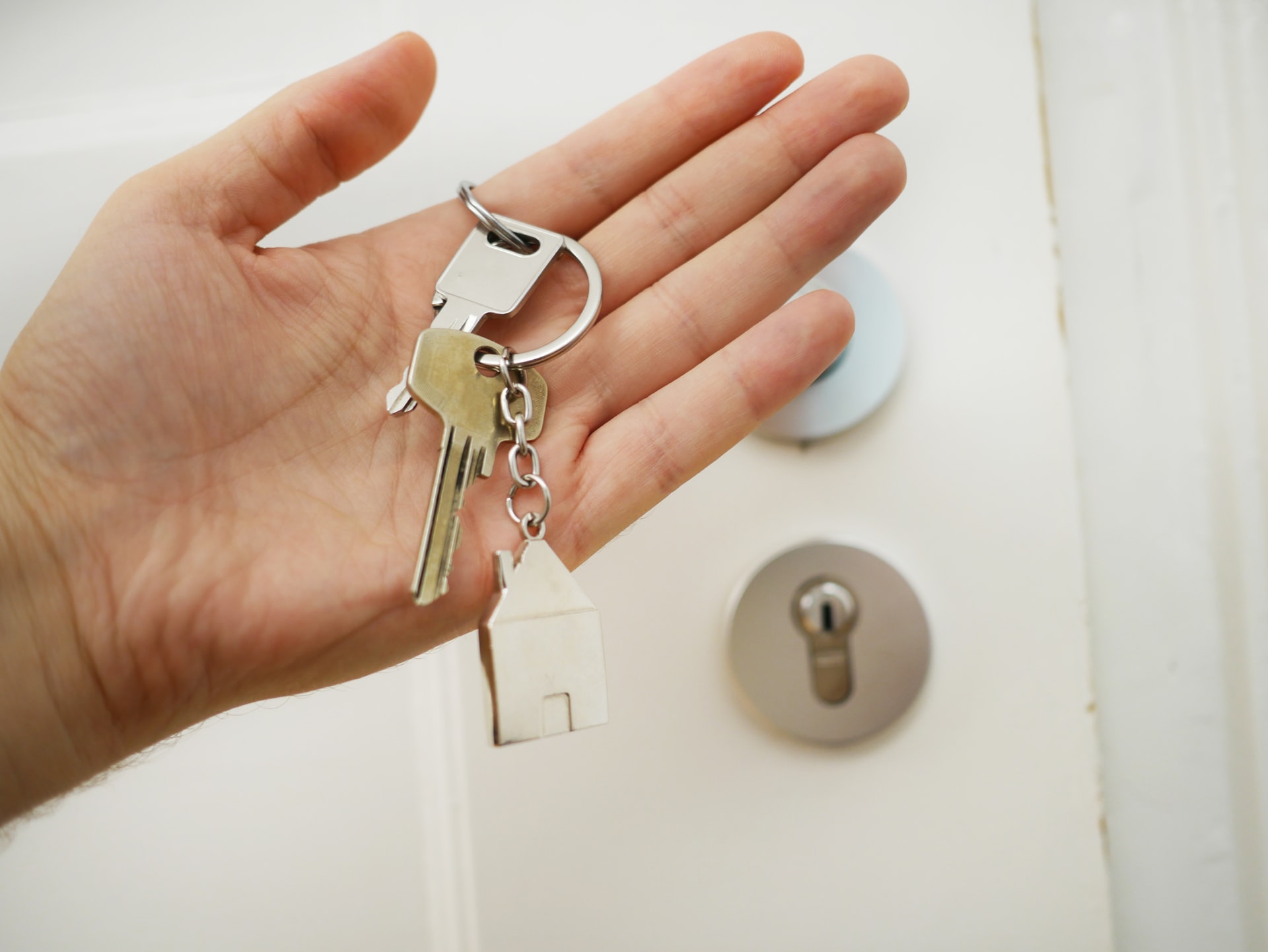If you own rental property or are a landlord, understanding how to effectively lease your properties is crucial. Using a property management company can help you attract and secure quality tenants while simplifying the leasing process.
Whether you’re new to property management or considering professional assistance, learning about the leasing process will help you make informed decisions. This article explains how leasing fits within property management, the advantages of partnering with a management company, and what to expect at each stage of leasing.
Key Takeaways
- Leasing is an essential part of managing rental properties.
- Hiring a management company offers clear advantages in the leasing process.
- Understanding each step helps you get the most from your investment.
The Role of Leasing in Property Management
Leasing plays a critical role in property management, serving as the foundation for tenant relationships and rental income. As a property manager, your duties extend beyond leasing to include marketing, tenant screening, rent collection, and maintenance coordination. However, leasing establishes the legal framework and financial structure for your rental property.
Key leasing responsibilities include:
- Advertising vacancies
- Conducting property showings
- Processing applications
- Preparing lease agreements
Leasing is just one component of managing a rental property, but it directly influences occupancy, cash flow, and tenant satisfaction. Without dedicated leasing efforts, rental operations cannot function effectively.
Benefits of Doing Leasing in Property Management
10 Key benefits
- Qualified Tenants: Leasing professionals have the expertise to find and screen tenants efficiently, ensuring your property is occupied by reliable renters.
- Comprehensive Leasing Process: Every step—from tenant screening to rental negotiations and handling issues like rental arbitrage—is professionally managed on your behalf.
- Efficient Issue Resolution: Any tenant disputes or property concerns that arise during the lease period are addressed promptly, reducing your involvement.
- Administrative Support: All paperwork, contracts, and compliance documents associated with leasing are organized and managed for you.
- Marketing Expertise: Property managers market your rental aggressively to minimize vacancies and increase visibility among prospective tenants.
- Transparent Reporting: Regular updates and status reports keep you aware of important activities, upcoming renewals, and any issues requiring your attention.
- Rent Optimization: Experts set rental rates based on market data, maximizing your income while keeping your property competitive.
- Reduced Vacancy: Fast tenant placement reduces costly vacancy periods, ensuring steady revenue.
- Attention to Details: Leasing specialists manage details so you can focus on other priorities without stress.
- Long-term Savings: By preventing mistakes and minimizing vacancies, using a property management company can save you significant time, money, and hassle.
How the Leasing Process Works
Advertising vacant property
Leasing begins by making your rental property visible to potential tenants. Online platforms, social media, word-of-mouth, property listing websites, physical signage, and flyers are among the primary methods for advertising your vacant property.
To attract high-quality applicants, your advertising should emphasize the features of your property—a reliable heating and cooling system, new appliances, or proximity to essential services, for example. Including clear and well-lit photos is beneficial. Accurate and honest representation is crucial to meet expectations and avoid issues during the leasing process.
Effective marketing helps minimize vacancy periods and lowers the risk of extended income loss. Within your advertisement, specify important details: rent amount, security deposit requirements, lease term, and pet or smoking policies.
Tenant screening
Once you have applicants, tenant screening is the next critical step in protecting your investment and maintaining compliance with fair housing laws. The process includes collecting completed rental applications and verifying information provided by prospective tenants.
A standard tenant screening process usually covers:
- Background checks: Identify eviction history, criminal records, or prior rental issues.
- Credit checks: Assess financial responsibility and ability to pay rent.
- Income and employment verification: Verify steady income that meets or exceeds the rental requirement, often at least three times the rent amount.
- Landlord references: Speak to previous landlords to confirm adherence to lease terms and property care.
Screening also helps you fulfill legal and ethical responsibilities, including upholding the warranty of habitability by ensuring prospective renters are likely to report necessary repairs or unsafe conditions promptly. Your screening process should be consistent and thorough to avoid claims of discrimination or favoritism, and to ensure reliable, long-term tenants.
Lease agreement
After approving an applicant, both parties sign a lease agreement—a legally binding rental agreement outlining each party’s rights and responsibilities.
The lease should clearly specify:
| Key Lease Elements | Description |
|---|---|
| Lease term | Duration of the tenancy (e.g., 12 months) |
| Monthly rent and payment date | Amount due and when payments are expected |
| Security deposit | Amount required and conditions for its return |
| Maintenance responsibilities | What the landlord and tenant must maintain or repair |
| Rules and regulations | Policies on pets, smoking, guests, and noise |
| Warranty of habitability | Assurance the property will be kept safe and habitable |
| Procedure for repairs | How repair requests should be reported and addressed |
| Eviction terms | Grounds for eviction and procedures to resolve disputes |
It is important you review local and state regulations regarding rental agreements, as specific requirements may apply. Having everything in writing minimizes misunderstandings and reduces the risk of disputes or legal issues throughout the lease term.
Move-in walkthrough and checklist

Before the tenant moves in, you should complete a detailed move-in walkthrough accompanied by a checklist. This step documents the property’s condition and helps differentiate between existing issues and any damage that may occur during the tenant’s stay.
A comprehensive move-in checklist should include:
- Inspecting all doors and windows
- Verifying the operation of heating and cooling systems
- Testing appliances for proper function
- Examining floors, walls, and ceilings for damage
- Checking all light fixtures
- Ensuring smoke and carbon monoxide detectors work
Sample move-in checklist:
| Area | Items to Check | Notes |
|---|---|---|
| Entryway/Doors | Locks, hinges, doorknobs | |
| Kitchen | Appliances, cabinets, countertops | |
| Bathroom | Faucets, toilets, ventilation | |
| Bedrooms/Living Areas | Windows, floors, lights | |
| Safety Devices | Smoke and CO detectors | |
| Utilities | Water, gas, electricity |
Both you and the tenant should review and sign the completed checklist. This document protects both parties by providing evidence of the property’s initial condition, which is particularly relevant if concerns about the warranty of habitability, security deposit deductions, or damage claims arise at move-out.
By carefully managing these steps, you help set a positive tone for the rental experience and establish clear expectations from the beginning. A smooth move-in helps foster a strong landlord-tenant relationship, decreasing the chances of disagreements about property condition or responsibilities later in the tenancy.
Paying Property Managers for Leasing

First month rent
A straightforward method to pay your property manager a leasing fee is by offering the first month’s rent as a commission. This approach is especially common for residential properties and new tenant placements. For example, if your monthly rent is $1,800, the property manager would typically receive the entire $1,800 as their leasing fee.
Percentage of rent
You can also choose a percentage-based leasing fee structure. In this model, the property manager earns a set percentage of the rent collected—such as 7% to 10%—often charged monthly. For instance, if the rent is $1,500 and the management fee is 10%, you pay $150 each month.
This structure is widely used, especially for ongoing management fees in California, where management fees generally range from 8% to 12%.
| Rent Amount | Management Fee % | Monthly Fee |
|---|---|---|
| $1,200 | 8% | $96 |
| $1,500 | 10% | $150 |
| $2,000 | 12% | $240 |
Renewal fee
For lease renewals, property managers may charge a flat fee instead of a percentage. This renewal fee is often a fixed amount, such as $200 per renewal, no matter the monthly rent. The renewal fee covers the administrative costs involved in setting up a new agreement with the same tenant.
Factors to consider
Deciding between a flat leasing fee, a percentage of rent, or a renewal fee depends on your rental portfolio’s needs. A percentage-based model can scale well if you manage several units, providing ongoing compensation aligned with your income. For landlords with fewer or simpler properties, a flat monthly or renewal fee may offer better predictability and budget control.
Consider the complexity of your properties, tenant turnover, and whether you prefer predictable fixed costs or a model that adjusts as your rent income rises or falls..
Frequently Asked Questions
What are the key responsibilities of a leasing manager in property management?
As a leasing manager, you are responsible for marketing rental properties, screening prospective tenants, negotiating lease agreements, and ensuring the property remains leased. You also handle tenant inquiries, coordinate move-ins and move-outs, and oversee lease compliance. Clear communication with both tenants and property owners is essential.
How does lease administration differ from property management?
Lease administration focuses specifically on managing lease documents, key lease dates, renewals, and ensuring that all lease terms are met. In contrast, property management encompasses a broader range of duties like maintenance, rent collection, and addressing tenant concerns. You may manage both areas, or work with a dedicated lease administrator to handle lease compliance.
What is involved in the lease renewal process for property managers?
During lease renewal, you typically review current market rates, evaluate tenant history, and propose new lease terms as needed. You communicate renewal options to the tenant, negotiate any changes, and prepare the updated lease documents. Properly managing this process helps to maintain occupancy and minimize vacancies. For more on lease renewals, see questions to ask about lease renewal.
What are the typical salary ranges for leasing agents in property management?
Leasing agent salaries vary based on experience, location, and property type. Most leasing agents earn a base salary plus commissions for each lease signed. On average, base salaries range from $30,000 to $50,000 per year, with total compensation sometimes reaching $60,000 or more with commissions and bonuses.
How do different types of leases impact property management strategies?
The type of lease you use—such as fixed-term, month-to-month, or commercial—affects property management policies and strategies. For example:
- Fixed-term leases offer stability and reduced turnover.
- Month-to-month leases provide flexibility for both tenant and landlord.
- Commercial leases often require more complex negotiation and longer terms.
Each lease type impacts your approach to renewals, eviction procedures, and maintenance planning.
What qualifications are necessary for a career in lease management?
To pursue a career in lease management, you typically need at least a high school diploma or equivalent. Many employers prefer candidates with coursework or degrees in business, real estate, or a related field. Common requirements include:
- Strong communication and organizational skills
- Familiarity with lease laws and regulations
- Experience in sales or real estate
- Relevant certifications, such as a real estate license, may be required in some states
On-the-job training and professional development can further boost your career advancement opportunities.
Wondering if you’re charging enough rent? Here’s how to know for sure!
Make data-driven rental property decisions with real-time market insights from RentCast.io. Use code BIGDEAL for 20% off your subscription!

Discover the secret to stress-free property management with How To Find & Keep Great Tenants. This essential guide reveals proven strategies for attracting high-quality renters and creating long-term, mutually beneficial relationships.
But finding great tenants is only half the battle. Uncover the art of tenant retention, from creating a positive living environment to addressing concerns promptly and professionally.
With this book, you’ll transform your rental property into a sought-after home that tenants won’t want to leave. Minimize vacancies, reduce turnover costs, and maximize your investment’s potential by mastering the skills to find and keep exceptional tenants.
Get your copy now from your favorite bookseller:
- Amazon (non-Premium Edition, does not include Investment Real Estate Analysis: A Case Study, available in paperback only)
- Books2Read for Apple, Barnes & Noble, Kobo, Scribed, and 8 more sellers with both eBook and paperback options available (Premium Edition)
- Payhip as a downloadable PDF (Premium Edition)
Ready to take your business to the next level?
- Subscribe to our newsletter
- Visit the learning center
- Learn more about our consulting services



